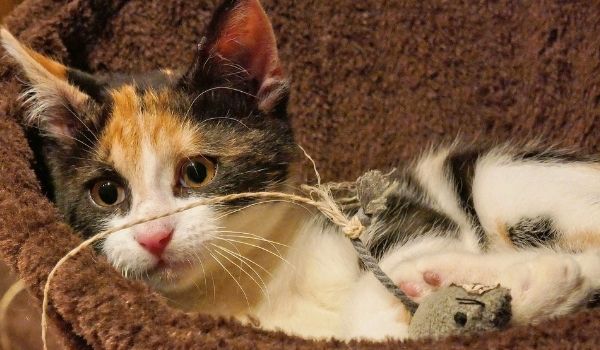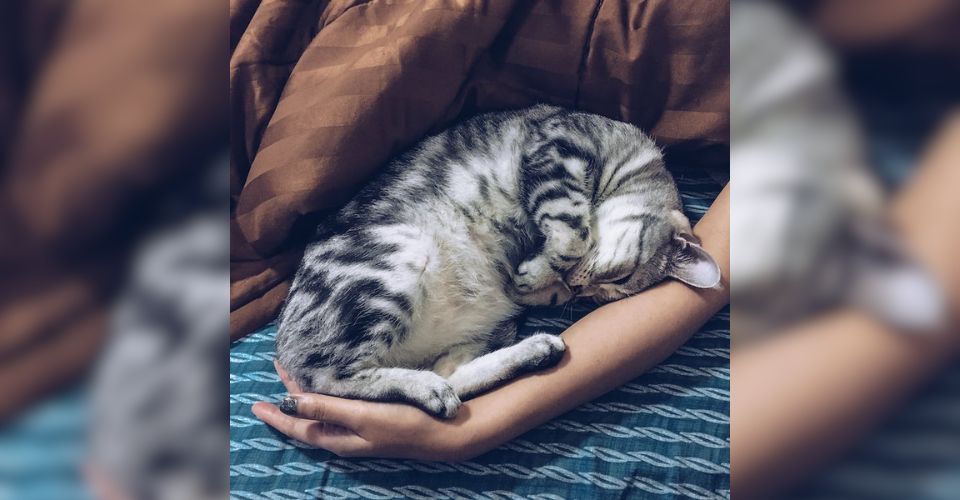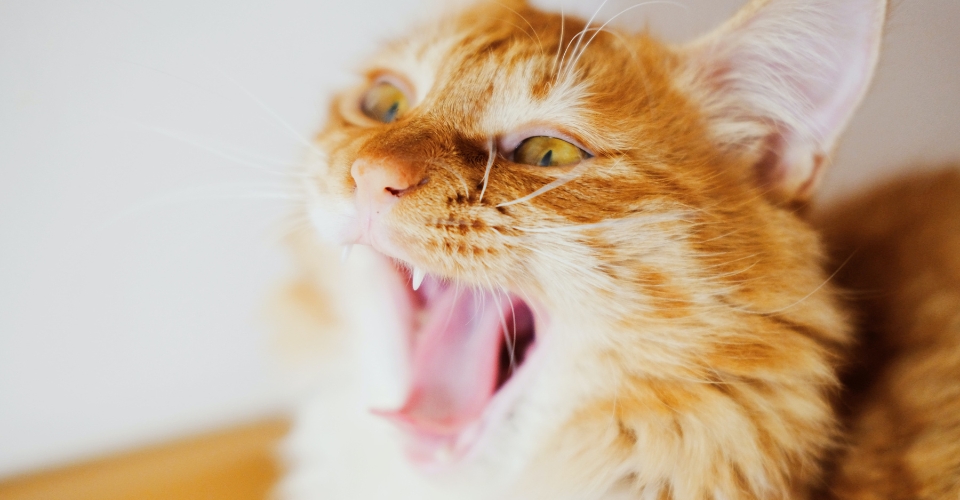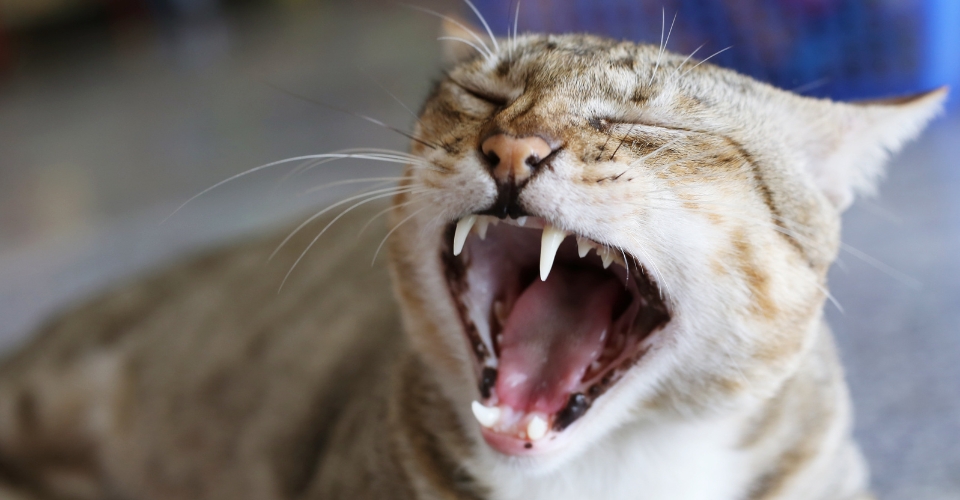Have you ever seen a male calico cat? Probably not, because male calico cats are the unicorn of the feline world. No doubt, calico cats are almost exclusively females, but a male calico cat is not an impossibility. They do exist, but they are quite rare—only one in 3000 calico cats is male.
Because of the rarity of male calico cats, many wrongly believe that calico cats are always female. If you have any misconceptions or confusion about calico cats, you should continue reading as we are going to discuss it all:
Are all calico cats female? Can calico cats be male? How rare are male calico cats? Why is it unusual for calico cats to be male?
But first, a brief introduction to what a calico cat means.
What is a Calico Cat?
Calico is not a specific cat breed but any cat that has a tri-color coat, with white as the base color and orange-black dispersed on their fur in different patterns. According to the Cat Fancier’s Association, there are 19 calico cat breeds—cats breeds that can have calico patterns. Calico cats not only have interesting coats, but there are also many interesting things to their name that make these tri-color cats even more endearing. For example, no two calico cats have the same pattern.
Want to know more interesting facts about calico cats? Click on the link and enjoy some awesome calico facts!
Male Calico Cat

Are All Calico Cats Female?
Calico cats are almost exclusively female, but not all calico cats are female. There are some exceptions. From the total calico cat population, more than 99.9% of the cats are female. The same is true about Tortoiseshell cats.
Can Calico Cats Be Male?
Though very rare, male calico cats are a possibility. The chances of a calico kitten being male is 1 in 3000, which means that male cats make up less than 0.1% of the total calico cat population.
Below, meet David Bowie, a male calico cat.
To understand why it is unusual for calico cats to be male, we have first to understand calico cat genetics. That is, how calico cats get their tri-color coat.
Calico Cat Genetics
In cats, the X chromosome carries the color-determining gene. For a kitten to be calico, she needs to inherit two color-determining genes—one of the manifestations of orange and the other for black color—one from each parent. White is unrelated to the X and Y chromosome, so both males and females can be white.
Normal female is XX, and normal males are XY. Where females can receive input for coat color from both of their parents, males can only receive it from their female parents. So if a female kitten receives an X chromosome from the Queen carrying a gene for orange color and a gene for black color from their male parent, they would have the calico pattern, according to the Cornell College of Veterinary Medicine.
However, as normal male (XY) cats can receive input from only their mothers, they can only have either black or orange color genes. So it would be atypical for a calico cat to be male.
Why Is It Unusual For Calico Cats to Be Male?
From the above discussion, it has become obvious that a normal male (XY) cat cannot have a calico pattern. But we also discussed that 1 in 3000 calico cats is a male calico cat. So, let’s unravel what accounts for that unicorn. Male calico cats can occur in three scenarios.
First, we can have a male calico kitten in the case of Klinefelter Syndrome. This phenomenon can happen in cats as well as humans. Cats with Klinefelter Syndrome have two X chromosomes and a Y chromosome, making XXY male. Such males meet the basic condition for a calico pattern. If one of the two X chromosomes is carrying a gene for orange color and the other for black, you will have a male calico cat.

With the XXY combination, Male calico cats are sterile as they have malformed sexual organs. This sterility of male calico cats makes them unpopular among breeders, despite male calico cats being the rarest of all the rare cat breeds.
Secondly, we can have a male calico cat if a mutation occurs in the X chromosome of a male kitten’s cells during the embryo development phase. For instance, a male cat carrying an orange color gene on the X chromosome experiences mutation, thus switching color in the X chromosome. This mutation can then trigger mutation in the X chromosomes of other cells. Ultimately, we will have a male calico kitten. Kari Ekenstedt, Assistant Professor of Anatomy and Genetics, argues that this is how most male calico cats get their tri-color coat.
Thirdly, a male calico cat is possible in the occurrence of chimerism, which is the merging of two different embryos. So, in this case, a male calico cat would have a mixture of XY and XX cells.
Venus the Two-Faced Cat is not calico, per se, but she is a Chimera resulting from an in-utero fusion of two embryos—black and orange.
Possibility of Fertile Calico Males
Male calico cats are usually sterile and cannot be bred to produce calico kittens. However, according to a cytogenetic study of a male calico cat, there is some possibility of a ‘fertile male calico cat.’ The subject had normally descended testis, composed of some sterile and some fertile seminiferous tubules. The fertile tubules had active spermatogenesis. Moreover, spermatozoa were also discovered in the epididymis. This indicates that a male calico cat can be fertile.
Dawntreader Texas Calboy, the rarest male calico cat, is fertile and has fathered many kittens.





